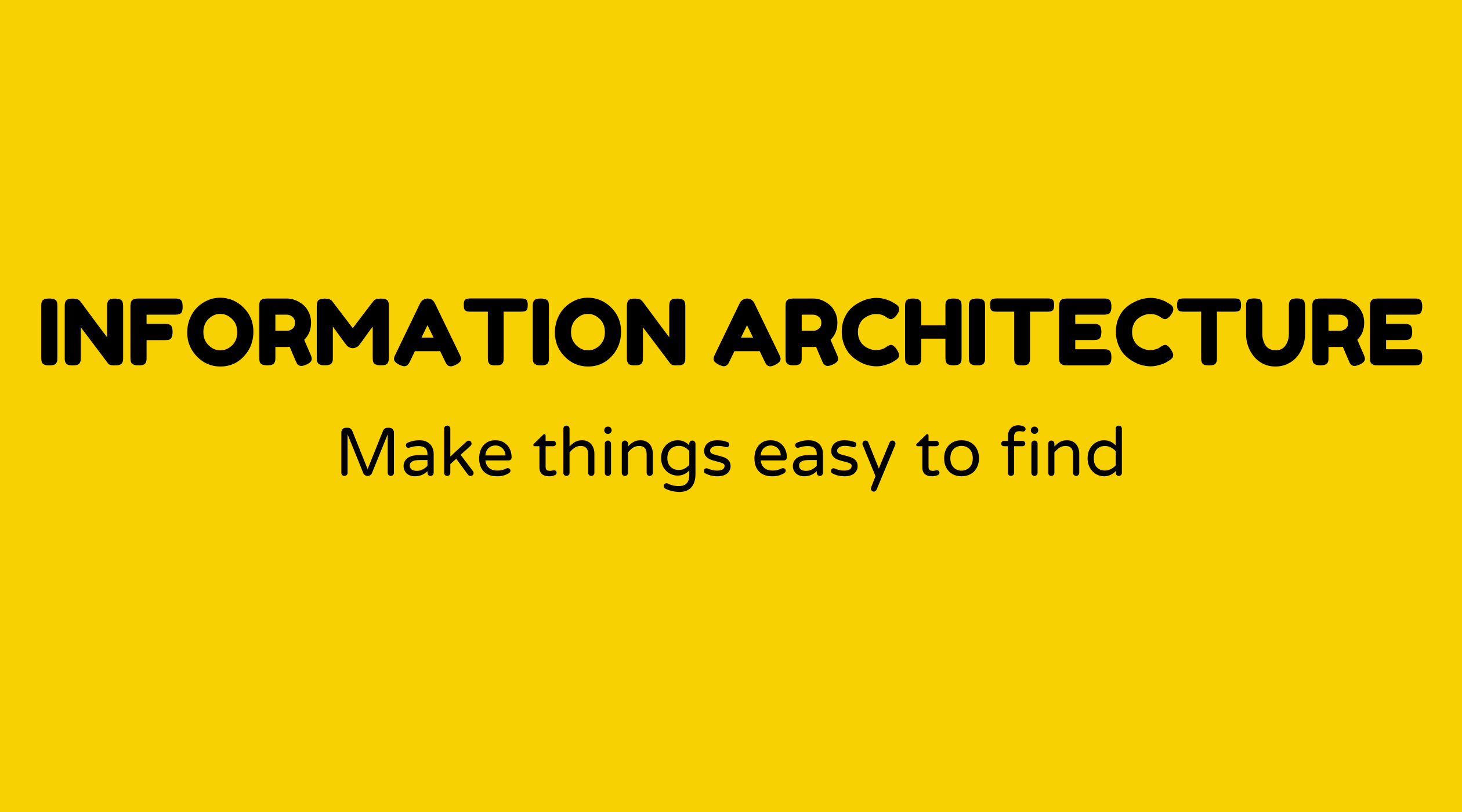Information Architecture

Overview of Information Architecture
Information Architecture (IA) is a fundamental component of the digital realm, serving as a framework for delivering intuitive and purpose-driven user experiences. Essentially, it involves the organization and structuring of information so that users can easily navigate and access the necessary data. Whether you are managing a website, an application, or any digital interface, IA plays a vital role in ensuring users experience seamless interactions.
The importance of Information Architecture cannot be emphasized enough. It not only improves usability but also aids in effective content management and heightened user satisfaction. By logically and coherently organizing information, IA helps reduce confusion and frustration among users.
Why Information Architecture Matters
Why does Information Architecture hold significance? Imagine entering a library devoid of signs or categorization. Finding a book would be incredibly challenging, right? The same concept applies to digital content. Well-structured IA enables users to locate what they need without unnecessary detours.
An effectively designed IA leads to enhanced user engagement, reduced bounce rates, and increased conversion rates. This careful design ensures that users can find and engage with content with ease. It also supports SEO by allowing search engines to crawl and index your site more effectively, ultimately enhancing your online visibility.
What is Information Architecture?
Information Architecture focuses on organizing, structuring, and labeling content in an efficient and sustainable manner. The objective is to assist users in finding information and completing tasks. Key aspects include content hierarchy, navigation design, and metadata tagging.
IA comprises several components, including:
- Organization Systems: Structuring data to help users predict where specific information can be found.
- Labeling Systems: Utilizing language that is both clear and accessible to users.
- Navigation Systems: Directing users from one webpage or screen to another.
- Search Systems: Enabling users to enter queries and locate results swiftly.
How do you create Information Architecture?
Developing effective Information Architecture involves several steps, each ensuring that the final product meets user needs and business objectives.
- Understand the Users: Begin with comprehensive user research. Familiarity with your audience's needs and behaviors is essential.
- Content Inventory and Audit: Review existing content to understand what is available and what requires improvement or removal.
- Define Goals: Determine what the business intends to achieve with its digital presence.
- Set Hierarchies: Decide how content should be organized and prioritized.
- Sketch and Wireframe: Visual layouts aid in understanding how the design influences user flow.
- Prototype and Test: Create prototypes to assess the IA with actual users and gather feedback for enhancements.
Each stage is crucial to establishing a coherent and effective digital structure.
Examples of Information Architecture
To better understand Information Architecture, consider these instances:
- E-commerce Websites: Here, IA ensures users can easily navigate products, categories, and checkout processes.
- Corporate Websites: Effective IA creates clear pathways to information about services, company background, news, and contacts.
- Educational Platforms: IA organizes courses, modules, resources, and even certificates in an accessible format.
These examples highlight how diverse IA practices can be applied across various fields to achieve effective interaction.
FAQs
How does Information Architecture enhance user experience?
IA improves user experience by making information easy to locate and access, thereby minimizing the time users spend searching for what they require.
What's the difference between Information Architecture and UX design?
While IA concentrates on content organization and structure, UX design encompasses the broader process of boosting user satisfaction, including usability and performance.
Can Information Architecture influence SEO?
Yes, a well-structured IA makes a website easier for search engines to navigate, potentially resulting in improved SEO rankings.
Why is user research significant in developing IA?
User research is crucial in IA development as it reveals user behaviors and preferences, guiding the structure of information to meet user needs.
How frequently should Information Architecture be updated?
IA should be reviewed periodically or following substantial content changes, as user expectations and business goals evolve over time.
What tools are commonly used for designing Information Architecture?
Common tools for IA include software like Axure, OmniGraffle, and Lucidchart, which assist in creating wireframes and prototypes.



